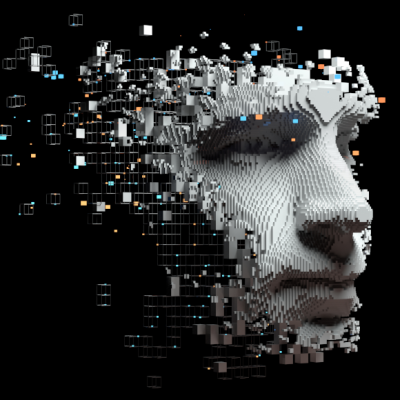A new breakthrough in the transmission of secret communication has been achieved by scientists at the University of Oxford. They have developed a new algorithm that can hide sensitive information in images generated by artificial intelligence (AI) without any visible manipulation of the image. The researchers claim that the method is absolutely secure and could soon become widespread in digital communication. The new method is based on steganography, the science of hidden storage or transmission of information in a carrier medium. Unlike traditional cryptography, which attempts to encrypt sensitive information, steganography hides it discreetly. The advantage of this method is that third parties, such as a repressive state’s intelligence agency, will not suspect anything.
The researchers have eliminated the security problems associated with previous steganography algorithms with minimal changes to the algorithms. An image with hidden information can no longer be distinguished from an image without secret information. Moreover, the new method is 40% more efficient than the previous most efficient steganography algorithm. The information density that can be accommodated in an image is therefore significantly higher. The new method is expected to be used by investigative journalists or political dissidents to send private messages over social media securely.
According to Christian Schroeder de Witt, from the Department of Engineering Science at the University of Oxford, it is not a disadvantage that the encryption method can only hide information in AI-generated images because these are increasingly used by ordinary users. The mere presence of AI-generated images should not arouse suspicion. However, users must be cautious because any encryption technique is vulnerable to side-channel attacks, such as the detection of a steganography app on the user’s phone.










